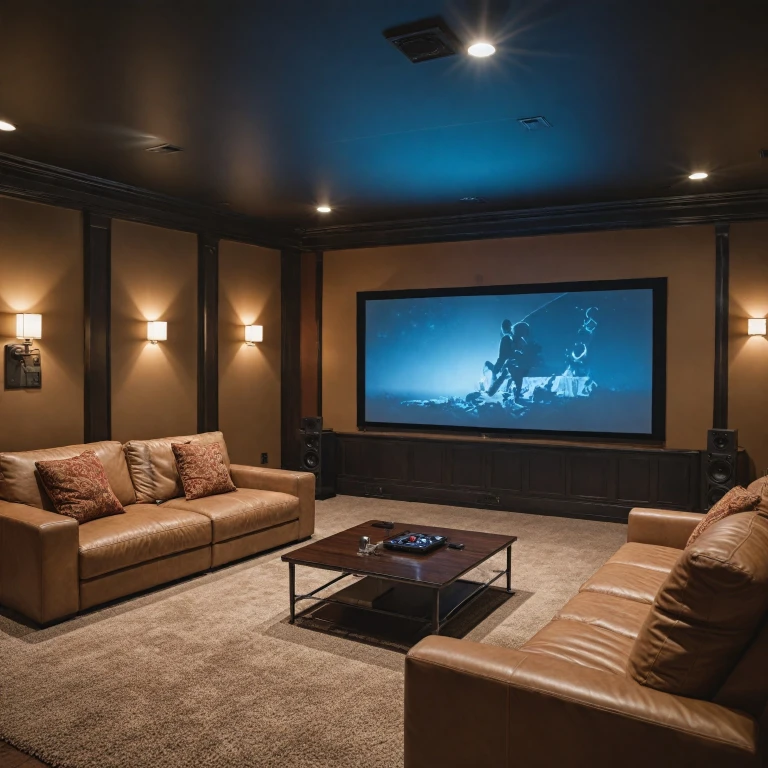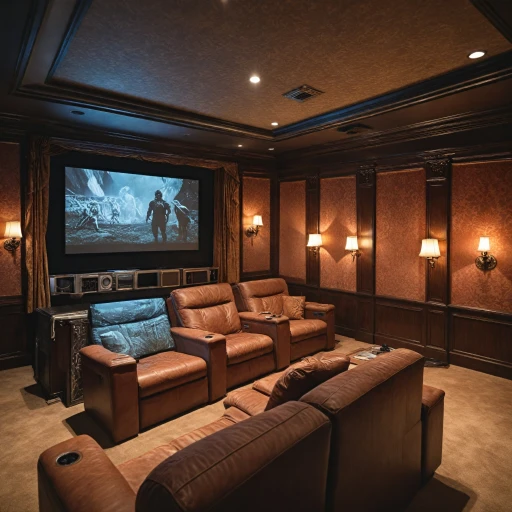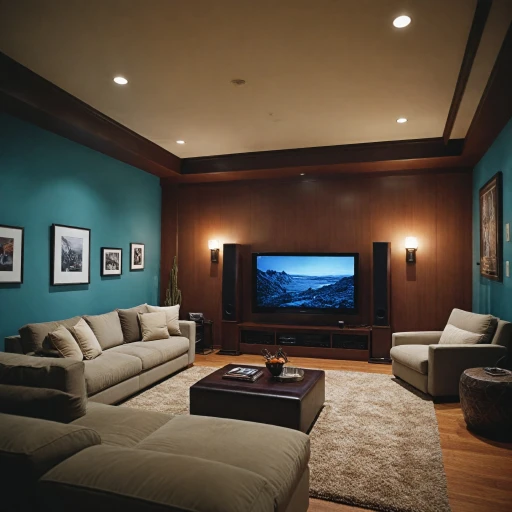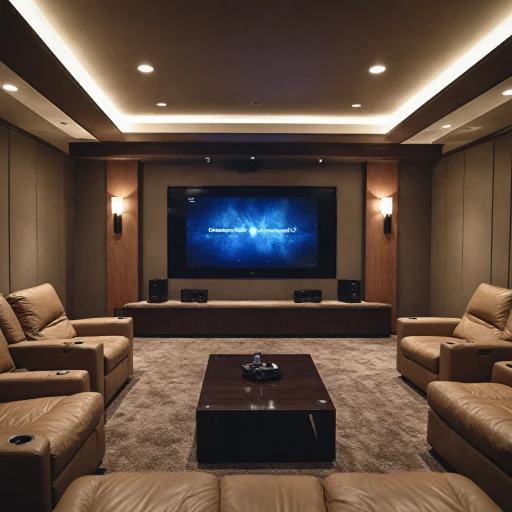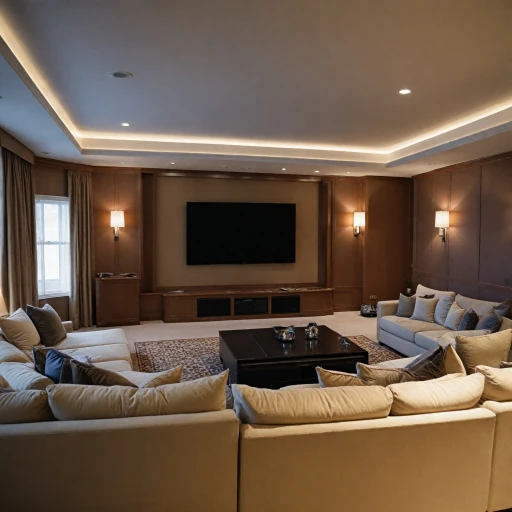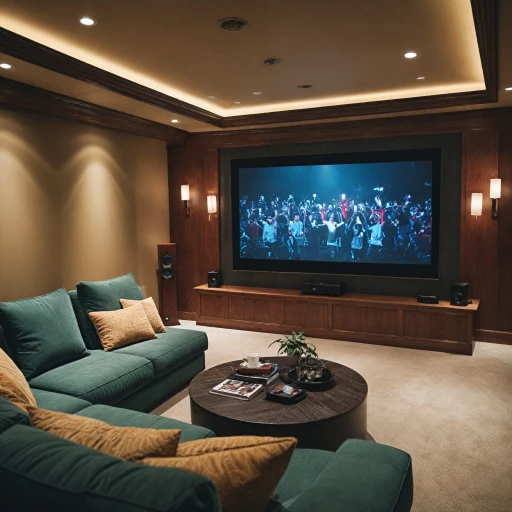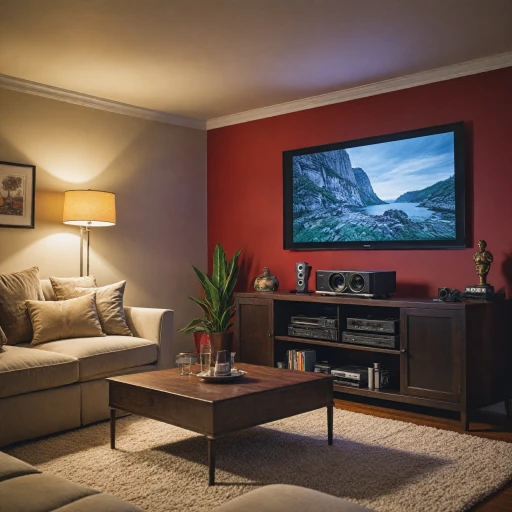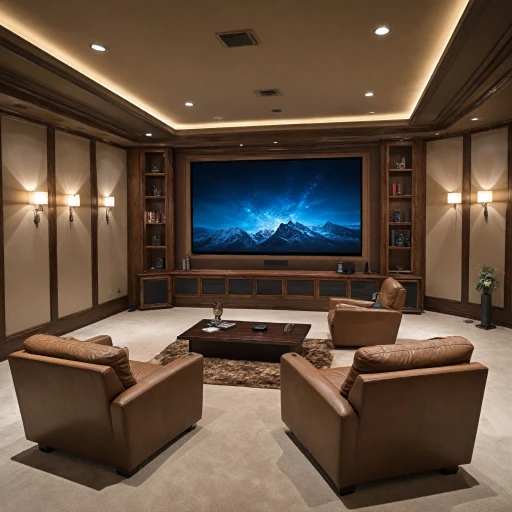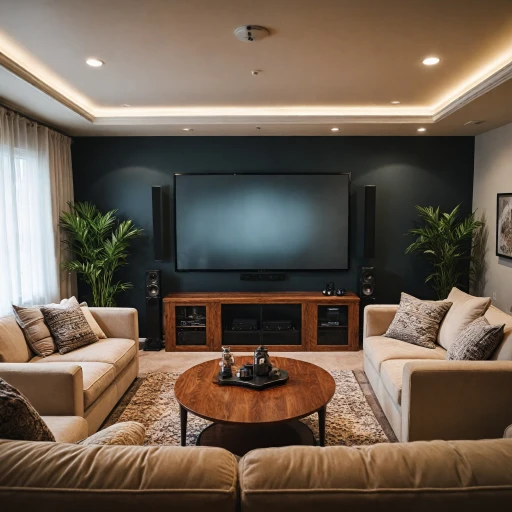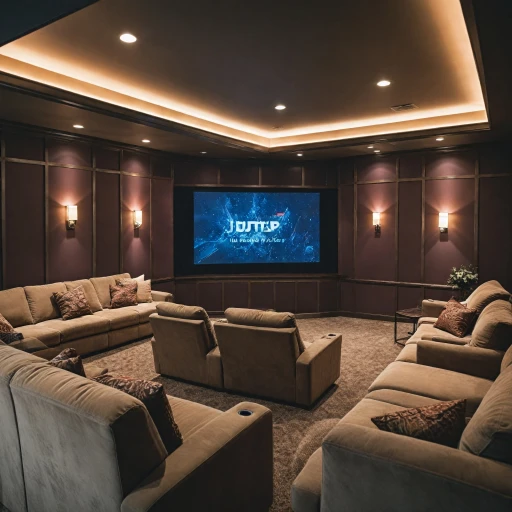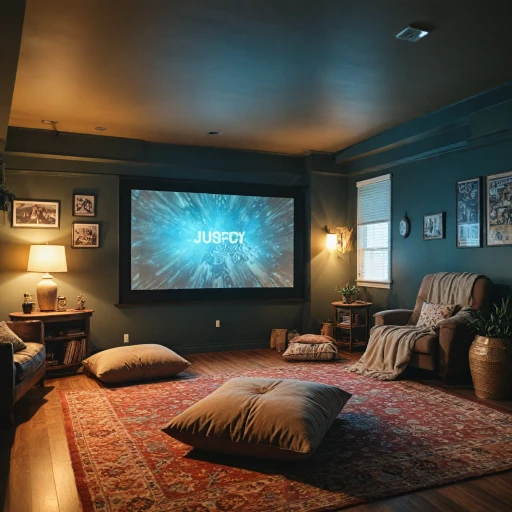
Understanding AV Receiver Basics
Getting Familiar with the Basics of AV Receivers for Home Theater Systems
When setting up a home theater system, an understanding of the AV receiver is crucial. This central hub for audio and video components manages everything from a plethora of input sources to outputting sound to your speakers. So, let’s dive into what makes these devices tick. AV receivers typically have several channels, typically ranging from 5.1 to 9.1 or more, which dictate how many speakers and subwoofers you can connect. Each channel outputs a certain number of watts, and this power output is critical in determining the receiver’s ability to drive your speakers effectively. Opting for a receiver with appropriate power supply and amplifier helps ensure optimal performance, especially when it comes to managing low frequencies and delivering that deep bass punch. In terms of connections, most modern AVRs come with multiple HDMI inputs and outputs, allowing you to connect everything from gaming consoles to Blu-ray players. This versatility enhances the overall viewing experience as you can switch between inputs seamlessly without worrying about plugging and unplugging cables constantly. The integration of Dolby Atmos and other immersive technologies in AV receivers has revolutionized home theater sound, providing full-range audio that brings movies and music to life. Coupled with advanced bass management and the potential addition of a powered subwoofer, the listening experience can be tailored to personal preferences. However, to get more power and the ability to drive high-end speakers to their full potential, you might consider investing in an external power amplifier. This setup allows for greater flexibility and ensures that your main speakers receive the amplifier rating they require for peak performance. To truly optimize your setup and learn more about the importance of power, watts per channel, and how a subwoofer plate amplifier can enhance low-frequency audio, feel free to explore further into enhancing your home theater experience.Key Features to Look for in an AV Receiver
Essential Features for Optimal Performance
When diving into the world of AV receivers, it's crucial to understand the features that can significantly enhance your home theater projector experience. These features ensure that your audio and video outputs are not just functional but exceptional.
Power and Amplification
The power output of an AV receiver is a key factor in determining its performance. Measured in watts per channel, this rating indicates how much power the receiver can deliver to your speakers. More power often means better sound, especially in larger rooms. Look for an amplifier rating that matches your main speakers and powered subwoofer to ensure optimal sound quality.
Channels and Surround Sound
AV receivers come with various channel configurations, such as 5.1, 7.1, or even 9.2. The more channels, the more speakers you can connect, allowing for a more immersive audio experience. Dolby Atmos and Atmos Dolby support are essential for those looking to create a three-dimensional sound environment.
Connectivity Options
Modern AV receivers offer a range of connectivity options, with HDMI inputs and outputs being the most common. Ensure your receiver has enough HDMI ports to accommodate all your devices. Additionally, consider models with res audio support for high-quality audio output.
Audio Calibration and Bass Management
Audio calibration features, such as room correction, help optimize sound based on your room's acoustics. Bass management is another critical feature, allowing you to control low frequencies and ensure your subwoofer delivers the deep bass you crave. For more insights, you can learn more about audio crossovers and their role in home theater projectors.
Additional Considerations
- External Amp Support: Some receivers allow for the connection of an external amp, providing more power and flexibility.
- Weight and Size: Consider the weight in lbs and dimensions of the receiver, especially if space is a concern.
- Brand Reputation: Brands like Denon AVR are known for reliability and quality, offering a range of features suitable for various needs.
By focusing on these key features, you can ensure that your AV receiver not only meets your current needs but also provides room for future upgrades and enhancements.
The Role of Audio Calibration and Room Correction
Mastering Audio Calibration Techniques
Achieving the perfect sound balance in your home theater involves more than just buying quality equipment; it requires mastering the art of audio calibration and room correction. With this approach, your AV receiver can adjust audio output precisely to match your room's acoustics and speaker setup. Accurate audio calibration is essential for making the most of your audio system's power and capability. Here's how you can benefit from this feature:- Speaker Calibration: Modern receivers often come equipped with automatic speaker calibration, often referred to as Audyssey by brands like Denon AVR. These built-in features use a microphone to test audio response from speakers and adjust the sound output accordingly, ensuring balanced output across all channels.
- Room Correction: This feature addresses how sound waves interact with your room's surfaces. Bass management and room mode correction are part of this, adjusting low frequencies to minimize issues such as overwhelming bass or muddled audio clarity.
- Power Output and Dynamics: By understanding amplifier rating and power output, you ensure your system delivers the right dynamic range for any room size. Whether it's increasing the watt channel capacity or using external amps, calibrated systems provide clearer, more powerful audio.
- Dolby Atmos and Res Audio: Support for advanced audio formats like Dolby Atmos is vital. Correct calibration ensures that your power amplifier and speakers correctly render the immersive sound that these formats offer.
Integrating Smart Home Technology
Seamless Integration with Smart Home Systems
Connecting your AV receiver to a smart home network can innovate the way you enjoy your home theater projector. Modern receivers, such as those offered by brands like Denon, now come equipped with features to integrate smoothly with smart home technology, making your experience more immersive and convenient. Integrating your AV receiver with smart home platforms involves more than just hooking up devices through HDMI inputs. It's about creating a cohesive ecosystem where audio-video management becomes intuitive. Here’s what you need to know:- Voice Control Capability: Many AVR units are compatible with voice assistants like Amazon Alexa or Google Assistant. This allows you to control the receiver's power, volume, and input channels through simple voice commands, bringing an extra layer of convenience.
- Automation Routines: With automation systems, such as those provided by platforms like IFTTT, you can set routines which sync your lighting, powered subwoofer settings, and other smart devices with your audio-visual equipment.
- Wireless Connectivity: A high-quality receiver should support Bluetooth and Wi-Fi connections. This feature allows you to stream full range, res audio directly from smart devices without the need for external cables, ensuring a clutter-free setup.
- Remote Control Apps: Many manufacturers, including Denon, offer apps that can transform your smartphone into a sophisticated remote control. This feature provides you greater flexibility in managing your receiver’s settings such as amplifier ratings, and bass management, while also facilitating real-time adjustments.
Enhancing Video Quality with AV Receivers
Improving Visual Performance with AV Receivers
When it comes to enhancing the visual quality of your home theater projector, AV receivers play a critical role. These devices are equipped with features that can significantly uplift the video output quality, ensuring an immersive viewing experience.
One of the most notable features is the support for HDMI pass-through, which allows the transmission of high-definition signals without losing quality. This is particularly crucial when dealing with 4K content or when using advanced formats like Dolby Atmos. Ensuring that your receiver supports the latest HDMI specifications can lead to a more seamless and higher-quality video output.
Moreover, many AV receivers come with video upscaling capabilities. This feature enhances the quality of lower-resolution content, making it appear closer to high-definition. By integrating an advanced AV receiver with your projector, you can transform standard resolution content to meet the high-quality standards your home theater setup demands.
To further optimize video performance, consider receivers that offer fine-tuning of the color settings. Certain receivers, like the Denon AVR series, are equipped with features that allow color calibration and adjustment, helping you to achieve the precise tones and sharpness desired for your viewing environment.
Another significant aspect to look for is the receiver's ability to handle different modes of video input and output. Whether you are switching between gaming, streaming, or watching movies, the receiver’s capability to process and adapt to various channels is essential for maintaining a consistent video quality.
Incorporating high-performance components, such as a quality cabling system and an efficient power supply, can further enhance the video capabilities of your AV receiver. While audio technologies like Dolby Atmos are often highlighted, the improvements these receivers bring to video processing should not be underestimated.
Lastly, always consider the amplifier rating and compatibility with your current speaker systems. Utilizing the full potential of features like more power in watts/channel and the inclusion of powered subwoofers can complement the visual enhancements by aligning the audio and visual elements for an encompassing home theater experience.
